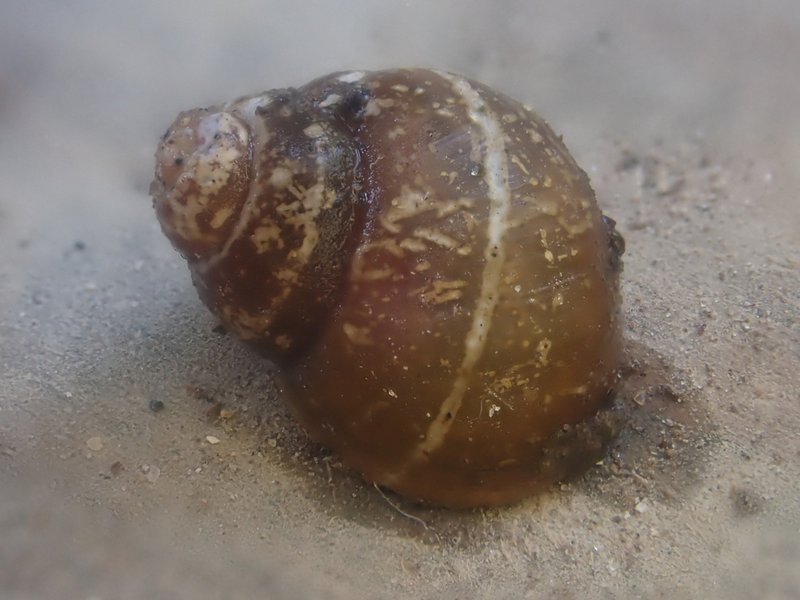For Immediate Release, April 17, 2024
|
Contact: |
Noah Greenwald, (503) 484-7495, ngreenwald@biologicaldiversity.org |
Protection Sought for Two Columbia River Basin Snails
Ashy Pebblesnail, Shortface Lanx Need Endangered Species Protection
PORTLAND, Ore.— The Center for Biological Diversity today filed a petition with the U.S. Fish and Wildlife Service seeking Endangered Species Act protections for the ashy pebblesnail and shortface lanx.
The two species of freshwater snail were once widespread throughout the Columbia Basin in Montana, Idaho, Oregon and Washington. But the snails have disappeared from Montana and are now living in scattered and isolated populations in the remaining three states.
“These little snails speak volumes about how poorly we’ve treated our Pacific Northwest rivers, which desperately need stronger protections,” said Noah Greenwald, endangered species director at the Center for Biological Diversity. “They also play important roles in the web of life, helping to keep streams clean and providing food for our beloved salmon.”
Ashy pebblesnails are small, tan or reddish snails with pale circles around their tentacled eyes. The shortface lanx is sometimes referred to as the giant Columbia River limpet for its characteristic cone, volcano shape and its propensity to attach itself to rocks on river-bottoms.
Found in large streams with clean, cold and fast-moving water, the ashy pebblesnail and shortface lanx have disappeared from many rivers, including the Willamette, Wenatchee, Clark Fork, Spokane, Kootenay and many more. The snails are threatened by dams, agriculture, urbanization, logging and other threats.
On top of all these harms, climate change is leading to increased stream temperatures across the region. The shortface lanx has already disappeared from the Hanford Reach of the Columbia where it was once common and has been replaced by snail species more typical of warm waters. This warming could spell the end of not just the snails, but many populations of salmon and steelhead that also need clean, cold water.
“If these snails are to survive in our rapidly warming world, we need to do much, much more to protect rivers,” said Greenwald. “Last year’s Sackett decision by the Supreme Court removed protections for roughly half the wetlands across the country. Undoing this disastrous decision is a badly needed start, but we ultimately need even more protections if we’re going to keep our rivers clean and cold in the Pacific Northwest and beyond.”
The Endangered Species Act requires the Service to respond to the petition within one year, though the agency rarely meets this deadline. Protecting these two snails will help protect some of the healthiest remaining rivers in the region, including the Salmon, Methow, Owyhee, Grande Rhonde and Hanford Reach of the Columbia, among others.

The Center for Biological Diversity is a national, nonprofit conservation organization with more than 1.7 million members and online activists dedicated to the protection of endangered species and wild places.

